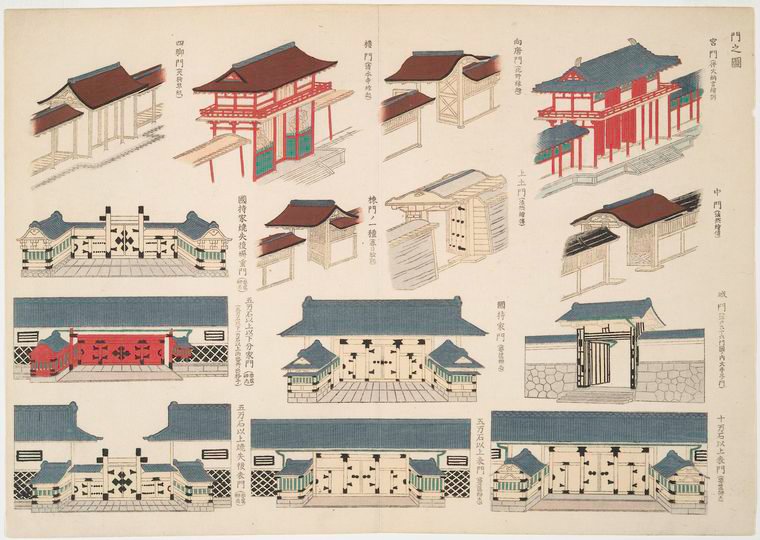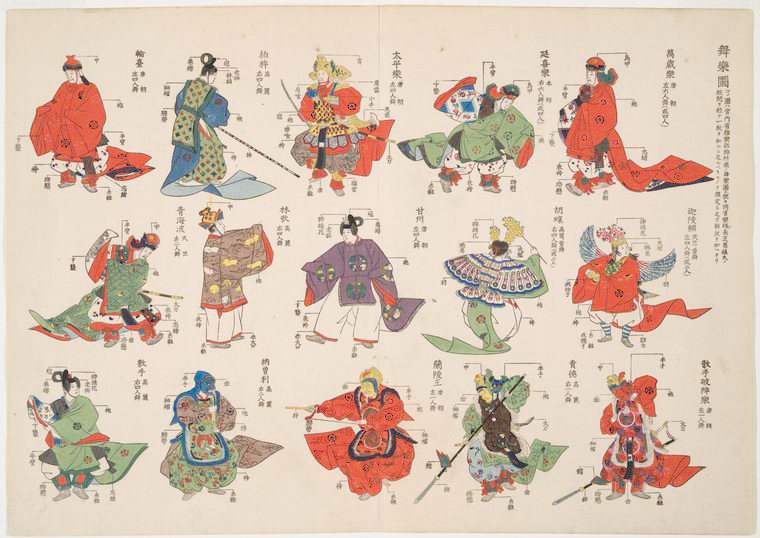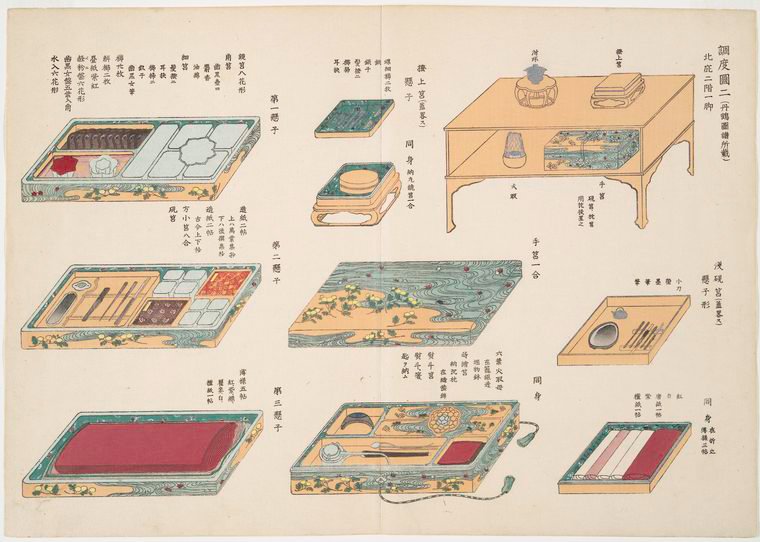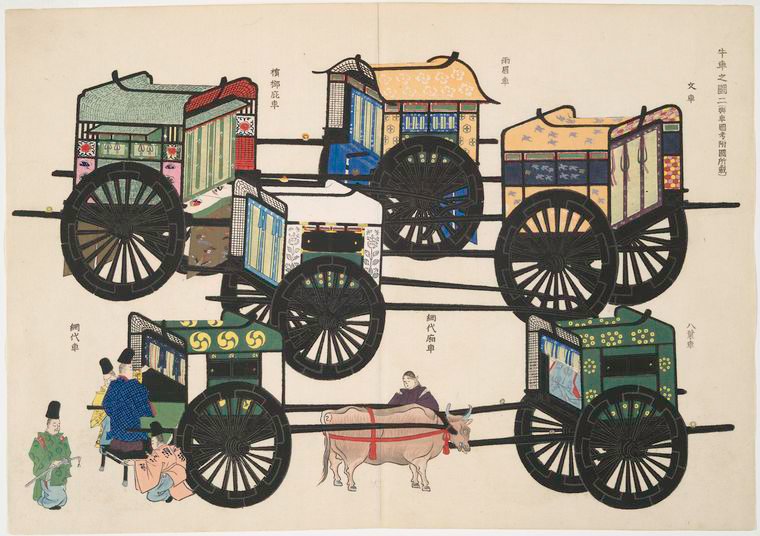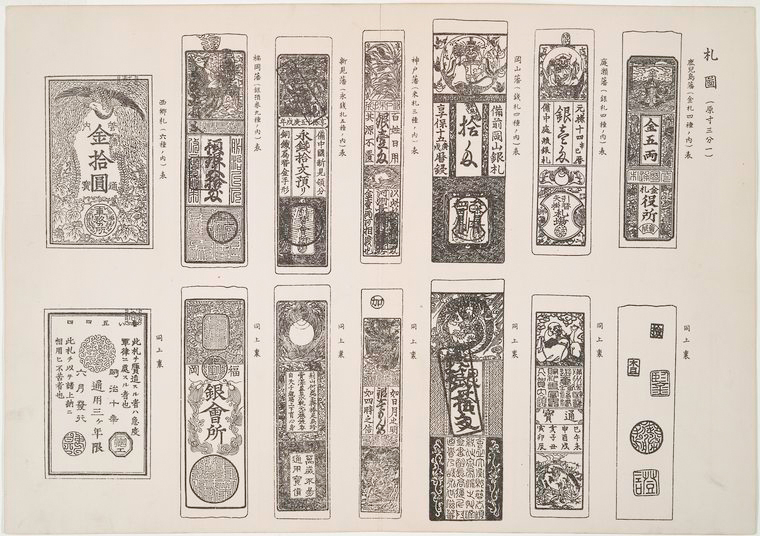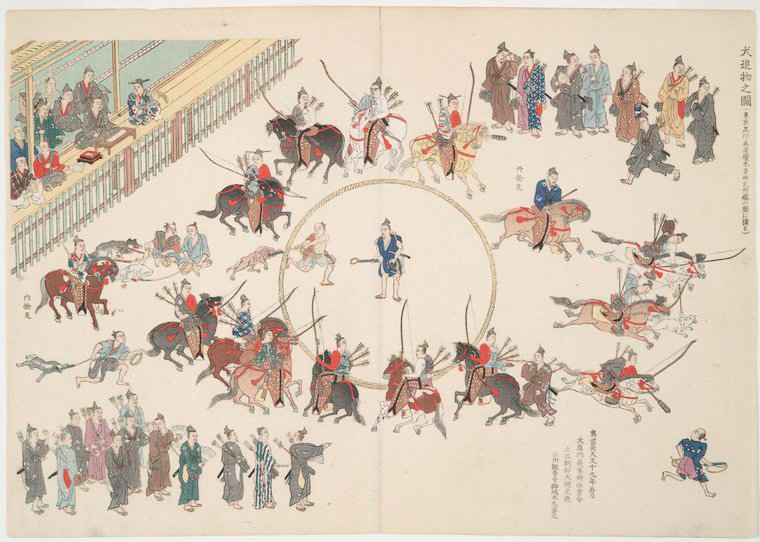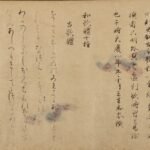As we advance into the Reiwa era, we find ourselves presented with unprecedented opportunities to explore the profound depths of Japanese culture and reflect on the significance of preserving this heritage for future generations. Through the advancement of digital technology, precious cultural treasures once accessible only to a select few are now available to people worldwide. A prime example of this democratization is the Kokushi Daijiten (国史大辞典, National History Dictionary), first published in Meiji 41 (1908).
While the modern complete edition of Kokushi Daijiten, spanning 15 volumes (17 books), remains an expensive specialized publication, the historically invaluable 1908 Meiji edition is now freely accessible and downloadable through the National Diet Library Digital Collection and the New York Public Library (NYPL) Digital Collections. This article examines the immeasurable value of this cultural treasure and how digitization has breathed new life into this monument of Japanese culture from the perspective of a cultural specialist.
The Birth of Kokushi Daijiten: Modern Japan’s Cultural Awakening
We explore the historical context of the Meiji period, when Japan sought to establish its cultural identity amid rapid modernization, and examine the inevitability of Kokushi Daijiten‘s creation.
An Inevitable Product of the Meiji Transformation
Forty years after the Meiji Restoration of 1868, Japan found itself swept up in waves of rapid Westernization while simultaneously entering a period of rediscovering its own cultural identity. The publication of Kokushi Daijiten transcended the mere creation of a dictionary; it represented a manifestation of Japanese cultural self-awareness during this pivotal Meiji period.
This monumental project, undertaken by the venerable publishing house Yoshikawa Kobunkan (established in 1857), was born from the Meiji intellectuals’ strong sense of mission to “systematically organize Japan’s history and culture and transmit it to future generations.” At the time of its initial publication, this massive dictionary spanning thousands of pages truly deserved to be called “groundbreaking” in every sense of the word.
A Century’s Journey to Perfection
Particularly noteworthy is the complete edition finished in 1997, consisting of 15 volumes (17 books). Yoshikawa Kobunkan embarked on this project as a commemoration of their 100th anniversary, taking an astounding 32 years to complete. With 3,500 contributing scholars, over 54,000 entries, and an average of 1,100 pages per volume, it truly became what many called “the ultimate and greatest definitive historical encyclopedia.”
This achievement earned the 45th Kikuchi Kan Prize, establishing an immortal milestone in Japan’s publishing history. The content, encompassing archaeology, folklore, religion, art, linguistics, literature, and geography, transcends the boundaries of a mere historical dictionary to become a “treasury of knowledge” enabling comprehensive understanding of Japanese culture.
New Horizons Opened by Digital Archives
We detail the revolutionary changes brought about by the digitization of the Meiji 41 (1908) edition of Kokushi Daijiten and its impact on Japanese culture research.
Japanese Culture Transcending Borders
What’s particularly fascinating is that this historically precious first edition from Meiji 41 has become freely accessible worldwide through the National Diet Library Digital Collection and the New York Public Library Digital Collections. The National Diet Library offers the text in monochrome, while NYPL provides 46 pages of the Kokushi Daijiten Sashie oyobi Nenpyo (Illustrations and Chronological Tables) in full color.
This represents more than mere convenience; it signifies the democratization and globalization of Japanese culture research. Precious materials that researchers and enthusiasts once had to search for in libraries and antiquarian bookshops are now available to people everywhere, representing a fundamental shift in how Japanese culture from the Meiji era can be studied and appreciated.
New Research Possibilities Through Digitization
The digitized Kokushi Daijiten offers far more than convenient viewing. High-resolution scanned illustrations can be magnified to observe minute details, enabling study of Meiji printing techniques and illustration production methods. Additionally, text search functions allow researchers to instantly locate specific items within this vast repository of information, revolutionizing how scholars engage with Japanese culture from the Meiji period.
The Essence of Japanese Culture in Kokushi Daijiten’s Illustrations
The 46 illustrations available in NYPL’s digital collection represent precious visual documentation of how Meiji intellectuals perceived the essence of Japanese culture. Here, we explore their cultural significance by major categories.
Architecture: Japanese Aesthetics Embodied in Space
The architectural illustrations encompass everything from ancient maps of Heijokyo (Nara) and Heiankyo (Kyoto) to detailed layouts of the Imperial Palace and the internal structure of Edo Castle, condensing centuries of spatial design wisdom that defines Japanese culture.
Particularly noteworthy is the “Plan of the Imperial Palace” series. These rare resources allow comparison between palace configurations before the Kansei period (1789-1801) and after the Ansei period (1854-1860), vividly demonstrating how Japanese court architecture evolved over time while preserving certain essential elements. “An illustration of Japanese temple architecture” clearly distinguishes between Chinese (karayo), Japanese (wayo), and hybrid (setchuyo) architectural styles, serving as a key to understanding the multilayered nature of Japanese culture through architecture from the Meiji perspective.
Clothing: Cultural Memory Worn on the Body
The clothing-related illustrations introduced as “An illustration of the historical evolution of clothing” eloquently narrate the transformation of Japanese aesthetic sensibilities. Beyond male and female attire, the careful labeling of each component, from crowns to armor, reflects the meticulous documentation characteristic of Meiji scholarship.
Particularly significant is the “Color combination chart for layered clothing” (kasane no irome-hyo). This aesthetic of kasane—the delicate sensibility of layering colored garments according to season and occasion passed down from the Heian period (794-1185)—represents a uniquely Japanese color culture without parallel in world history. This chart visually demonstrates subtle color combinations that words cannot adequately convey, revealing the depth of Japanese seasonal awareness and aesthetic sense that flourished through the Meiji era.
Writing Culture: Tools of Intellectual Pursuits
The illustrations classified as “An illustration of a scribe’s tools” meticulously document the implements that supported the foundation of Japanese intellectual culture. From the “Four Treasures of the Study” (brush, ink, inkstone, and paper) to seals and document boxes, each item’s form and function are precisely depicted, reflecting the Meiji period’s commitment to preserving knowledge of traditional Japanese culture.
Particularly intriguing are the “Various samples of petition documents,” showcasing different document formats. From official to private documents, the strictly prescribed formats for each purpose symbolize Japan’s “kata” (form) culture. The “Variety of stamps” demonstrates the diversity of seal culture, revealing Japan’s unique authentication system that developed differently from Western signature culture, a distinction particularly relevant for understanding Japanese culture in the Meiji context.
Transportation: Class and Aesthetics in Movement
The transportation illustrations, including “An illustration of sedan chairs” and “An illustration of oxcarts,” transcend mere documentation of conveyance methods to narrate the relationship between Japan’s hierarchical society and aesthetic values during and before the Meiji period.
The detailed ornamentation on ox-carts (gissha), status differences indicated by palanquin (koshi) types, and regional variations in ship design all reveal cultural codes embedded in transportation methods. “Variety of old Japanese ships” particularly showcases diverse forms of traditional Japanese vessels, demonstrating how Japan’s geographic characteristics as an island nation led to adapted technological developments that persisted into the Meiji era.
Currency: Symbols of Economy and Power
Currency-related illustrations, beginning with “An illustration of old Japanese gold and silver coins,” provide essential visual resources for understanding Japan’s economic history. From oban and koban gold coins to Kan’ei Tsuho copper coins, the evolution of currency through different periods reflects not only economic system development but also the technological standards and aesthetic values of each era, including the transformative Meiji period.
Particularly noteworthy is the precision of characters and patterns engraved on coins. These served not merely as anti-counterfeiting technology but as symbols of legitimate authority. The diversity of domain notes (hansatsu) shown in “An illustration of old Japanese bills” reveals the decentralized economic system of the Edo period (1603-1868) that preceded the Meiji Restoration’s centralization efforts.
Arts: Comprehensive Perspectives on Aesthetic Dimensions
The art-related illustrations, from “An illustration of court dance and music” to “An illustration of Buddhist and Shinto sculpture,” comprehensively capture the aesthetic dimensions of Japanese culture as understood in the Meiji period.
The arrangement diagrams of gagaku (court music) instruments convey the solemnity of court ceremonies through music, while “Various styles of old painting” provides an overview of Japanese painting lineages from Yamato-e to the Kano and Tosa schools. The classification of maki-e techniques shown in “Variety of Makie (Japanese lacquers)” demonstrates the pinnacle of decorative craftsmanship, and “An illustration of pottery” condenses the long history of Japanese ceramics from Jomon earthenware to tea ceremony wares, all documented with Meiji-era precision.
Games and Daily Life: Culture Breathing in Everyday Activities
The illustrations of games such as “An illustration of hunting dogs game” (*inuoumono*) reveal the unique culture of warrior society where entertainment and training were integrated. “An illustration of horses” depicts horse equipment and breeds in detail, demonstrating the deep relationship between horses and Japanese people that continued from ancient times through the Meiji period.
These illustrations function not merely as historical records but as memory devices for living culture that we risk losing in modern times, preserving aspects of Japanese culture that were still vibrant during the Meiji era.
Conclusion: Wisdom Passed from Past to Future
Kokushi Daijiten represents a cultural legacy entrusted to future generations by Meiji intellectuals. That it has gained new life through digital technology after more than a century demonstrates new possibilities for cultural transmission and preservation of Japanese culture.
We now live in an era where we can instantly access, through smartphones and computers, the culmination of knowledge that past generations spent lifetimes compiling. Is it not our mission to maximize this fortunate environment, understand the essence of Japanese culture as captured during the transformative Meiji period, reinterpret it in contemporary contexts, and transmit it to future generations?
The digital archive of the Meiji 41 edition of Kokushi Daijiten is not merely a record of the past. It is a living fountain of wisdom that guides us in exploring the essence of Japanese culture and leading us toward new creation, bridging the Meiji era’s vision with our contemporary world.
References and Links
Free Viewing and Download Access
- Kokushi daijiten – NYPL Digital Collections: 46 pages of color illustrations available in high quality
- Kokushi Daijiten – National Diet Library Digital Collection: Complete Meiji 41 edition text available for viewing
- Kokushi Daijiten Sashie oyobi Nenpyo – National Diet Library Digital Collection: Illustrations and chronological tables section
- Kokushi Daijiten Volume 6 Supplementary Illustrations – National Diet Library Digital Collection: Expanded edition illustrated materials*
Reference Materials
- Yoshikawa Kobunkan Official Site “History of Kokushi Daijiten“
- JapanKnowledge “Kokushi Daijiten”
- Wikipedia “Kokushi Daijiten“
Explore More Free Downloadable Resources
If you’re interested in discovering more freely downloadable historical Japanese art resources for your creative projects, click the banner below. Our curated collection includes additional ukiyo-e prints, kimono pattern books, and rare illustrated manuscripts that offer authentic glimpses into Japan’s artistic heritage. Continue your journey through the floating world and beyond with these carefully selected visual treasures from Japan’s golden age of woodblock printing.


